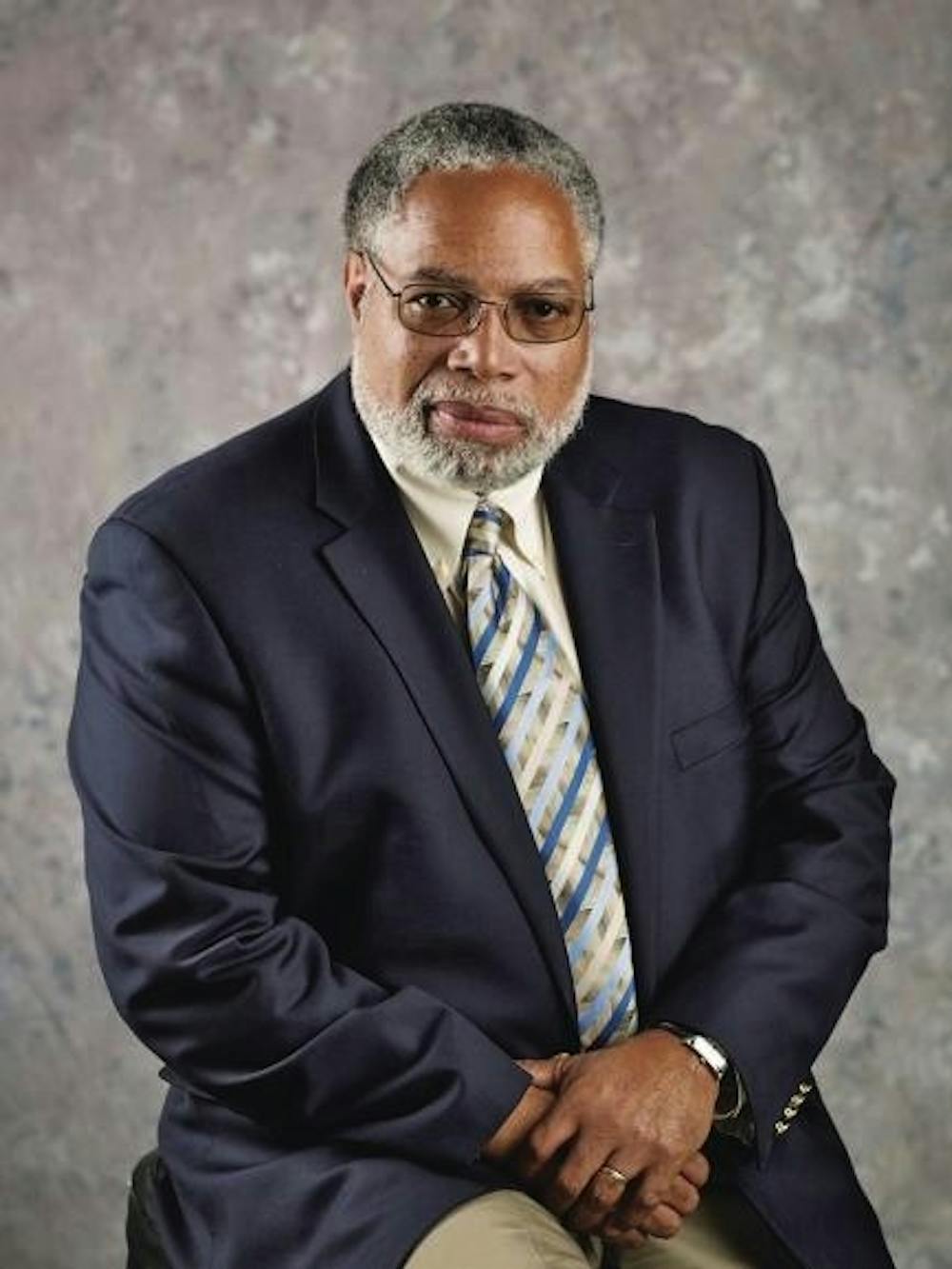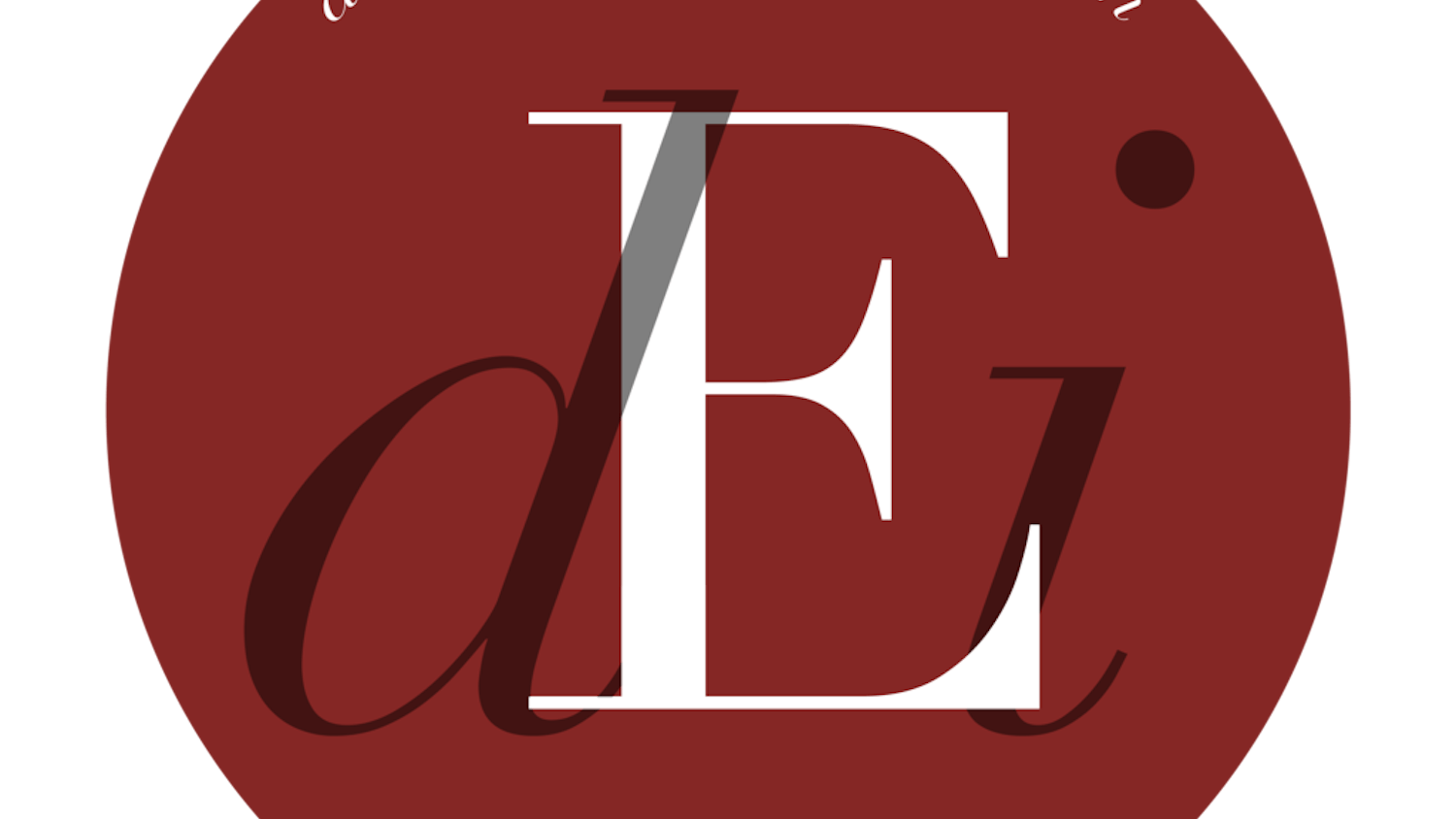During a time of immense political polarization, a movement for social justice and a pandemic, the Smithsonian Institution has worked to ensure that Americans don’t forget about the importance of interpersonal connections, with American University alum Lonnie Bunch at the head of it all.
Bunch, the secretary of the Smithsonian, is navigating the state of the nation and the role that the Smithsonian plays in U.S. history during a tumultuous year. Since assuming his position, Bunch has worked to preserve history and prepare it for the future.
“The job of the museum is not just to collect yesterday, but to collect for tomorrow,” he said.
Bunch, who was previously the director of the Smithsonian’s National Museum of African American History and Culture (NMAAHC), has served as the secretary since June 2019. He grew up in New Jersey and earned his bachelor’s and master’s degrees from AU in 1974 and 1976, respectively.
In response to the coronavirus pandemic, the National Museum of American History launched a strategy to document historical and medical events that have occurred, as well as their impact.
“I closed the Smithsonian in March, but I [only] closed the buildings,” Bunch said. “We had to pivot to make sure that we still share the expertise, the collections [and] the wonders of the Smithsonian.”
He said that the museum switched to a digital format and shared its resources and materials with the public.
“[We are making sure that we] help Americans contextualize this moment that we’re in,” Bunch said. “It’s been a challenge because the most important thing was keeping the staff safe, keeping the collections and visitors safe. So it’s been a two-fold issue. One is dealing with the pandemic.”
Beyond the COVID-19 pandemic, Bunch said racism is another pandemic that plagues society. The Smithsonian had to define its role as an institution this past summer in the aftermath of the killing of Black Americans at the hands of police officers and the growing Black Lives Matter movement.
Bunch said that the opening of the NMAAHC in 2016 was a step in the right direction, which gave Americans a deeper understanding of U.S. history and culture.
“My goal for all cultural institutions is for them to be a value to help a country deal with the challenges … and clearly race has always been a major concern in this country,” Bunch said. “Creating the African American museum was really an opportunity to … give Americans the opportunity to understand themselves more fully, or having a history that includes the African American experience.”
Black Lives Matter, which was founded in 2013, erupted in mainstream discourse as the police killing of George Floyd in Minneapolis sparked nationwide protests against police brutality.
As protests occurred in Lafayette Square, which now borders Black Lives Matter Plaza, Bunch prepared a rapid response team to collect objects from the plaza to document the historic racial justice protests.
“We would have conversations about what are the issues that we need to explore that we may not interpret during our careers, but that 30 years from now, 50 years from now,” Bunch said, “the curators and scholars will have that material.”
When something critical occurred at the Plaza, curators and conservators from the NMAAHC, the National Museum of American History and the Anacostia Community Museum immediately went out to collect artifacts and information.
“They went out and both collected material, but also collected stories and oral histories, to make sure that the Smithsonian would have that material to tell that important story,” Bunch said.
He said that the response team, established when Freddie Gray died after suffering an injury in Baltimore police custody, upholds the values of the Smithsonian: honesty, historical preservation and representing truth in the U.S. no matter the circumstances.
The institution serves as a symbol of progressiveness, Bunch said; it records the nation’s hardships while pointing toward how the country can grow.
“I think that’s been really important, to give people that sense of hope,” he said.
The Smithsonian is not only shaped by the scholarship involved and the artifacts and stories collected, but also by the issues that permeate American society. From this, Bunch said that, beyond documentation, the Smithsonian is helping its people.
“You want the Smithsonian to use its resources to help a country at a time of crisis,” he said. “The country needs the Smithsonian, and the Smithsonian needs to be there for a country.”
Bunch said that adapting to the pandemic is the greatest challenge of his position because it has been, quite literally, about life and death.
“The challenge really going forward is to help the Smithsonian become even a more nimble 21st-century institution,” said Bunch, who hopes the Smithsonian finds “the right tension between tradition and innovation.”





